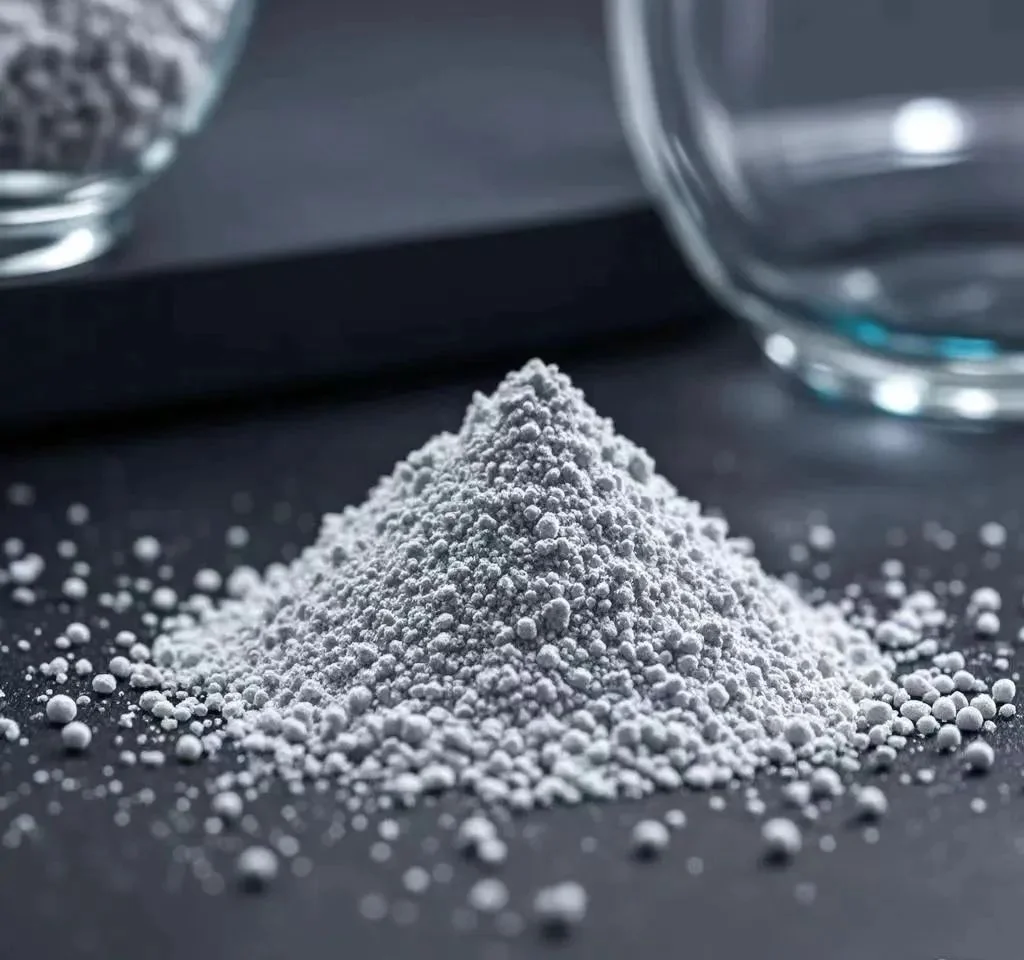Silica powder’s dispersibility is its ability to be evenly suspended in a medium, like a liquid or polymer. This property is crucial in various applications, including coatings, adhesives, plastics, and pharmaceuticals. The dispersibility of silica can be influenced by several factors:
Silane coupling agent is a unique, low molecular weight organosilicon compound. Its chemical structure usually contains two functional parts: one end is a hydrolyzable alkoxy group (such as methoxy or ethoxy) that can react with the surface of inorganic materials, and the other end is an active functional group with affinity to organic polymer materials (such as amino, vinyl, epoxy, etc.). This unique design allows silane coupling agents to bridge inorganic and organic materials. It improves the spread and bond strength of inorganic fillers, like silica powder, in organic systems.

Impact on the dispersion of silicon powder:
Surface modification: After hydrolysis, the silane coupling agent forms silanol groups. They react with the hydroxyl groups on the surface of the silicon micropowder. This forms a covalent bond. It converts the originally hydrophilic surface into a lipophilic one. Thus, it improves its dispersibility in organic solvents or resins.
Interface bonding: The active functional group R reacts with the organic resin. This forms a firm layer that boosts adhesion between the silicon micropowder and the organic matrix. It reduces agglomeration and improves the composite material’s performance.
Network effect: The silane coupling agent’s molecules react and form a network. This stabilizes the dispersion and prevents sedimentation and aggregation.
Points to note when using:
Control the dosage precisely. Too much or too little silane coupling agent will affect the final result. The dosage depends on the filler’s surface area and the silane’s minimum coating area. It’s usually 0.10% to 1.5% of the filler mass.
Hydrolysis conditions: The process must have a pH of 3-5. This prevents too fast polymerization or failure.
Mixing and dispersion: Silane solution must be evenly mixed with the inorganic powder. This will ensure that each particle’s surface is effectively treated. The pretreatment and direct addition methods have their own uses. Select one based on the specific process.
Avoid moisture: Silane coupling agent hydrolyzes rapidly when in contact with water. Keep the environment dry during use. This prevents hydrolysis or failure.
Safety: Wear rubber gloves and safety glasses when using silane coupling agent. It can harm skin and eyes. Use it in a well-ventilated area.
Stability management: Use the prepared silane solution immediately. It should not be stored for long to prevent self-aggregation or deterioration.
Silane coupling agent greatly improves silicon micropowder in composites. It enhances its dispersibility and bonding. But, correct use and handling are key to its effectiveness.
